Order: Suliformes. Family: Phalacrocoracidae
Description
Though looking like nondescript black birds from a distance, at close range the black plumage of Cape Cormorants can be seen to have a blueish sheen, which is iridescent in breeding adults. Head without crest. The eyes are turquoise in adults, with blue beads on the eyelids, and grey in juveniles. The gape at the base of the bill of adults is yellow-orange.
Juvenile Cape Cormorants differ from adults in their dark brown plumage and pale underparts.
Distribution
Cape Cormorants are endemic to southern Africa, where they are abundant on the west coast but less common on the east coast of southern Africa. They breed between Ilha dos Tigres, Angola, and Seal Island in Algoa Bay, South Africa. Non-breeding birds range as far north as Lobito, Angola, and Inhaca Island, Mozambique, and vagrants have been recorded from Gabon. On the east coast they follow shoals of sardine Sardinops sagax that migrate along the KwaZulu-Natal coast (South Africa), occasionally irrupting into southern Mozambique.
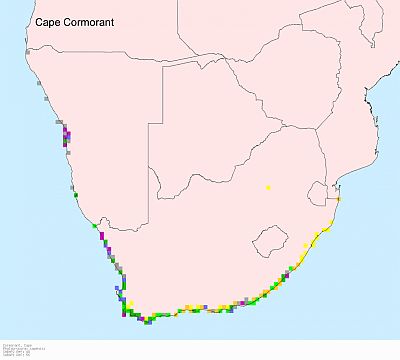
Habitat
Coasts, marinas, harbours and estuaries.
Diet
They generally feed within 10-15 km of the shoreline, preying on Pelagic Goby Sufflogobius bibarbatus, Cape Anchovy Engraulis capensis, Pilchard Sardinops occelatus and Cape Horse Mackerel Trachurus trachurus.
Breeding
Breeding colonies are equally immense as the feeding flocks. Breeding may take place at any time of the year, but egg-laying primarily takes place between September and February. The male gathers dried seaweed, sticks, and floating ocean debris, such as plastic, netting and rope, from which the female constructs a nest, measuring about 30 centimetres across. Into this flimsy structure is laid a clutch of one to five chalky white eggs (most commonly two to three), which are laid at intervals of two to three days. Both the male and female share the task of incubating the eggs for 22 to 28 days, and when the young hatch, both bring food to the young. Parental care even extends to sheltering the newly hatched young from the sun, with adults observed standing with their wings outstretched with their backs to the sun. After five to six weeks, the young leave the nest to form small crèches of up to ten birds, and by nine weeks the young can fly. This fledgling population is very vulnerable to predators; Cape fur seals prey heavily on seabirds in southern Africa, and Cape cormorants are particularly susceptible to predation when they land on the waters surrounding breeding islands.
Spoor

Status
Common to abundant endemic resident. Near-threatened, as its population has decreased from 277 000 pairs in 1977-1981 to just 72 000 pairs in 1996. This may be part of a natural process, linked to the large natural variations in the population of Anchovies (Engraulis encrasicolus). Human interference also has a negative effect, often causing nest desertion and subsequent predation of chicks and eggs.



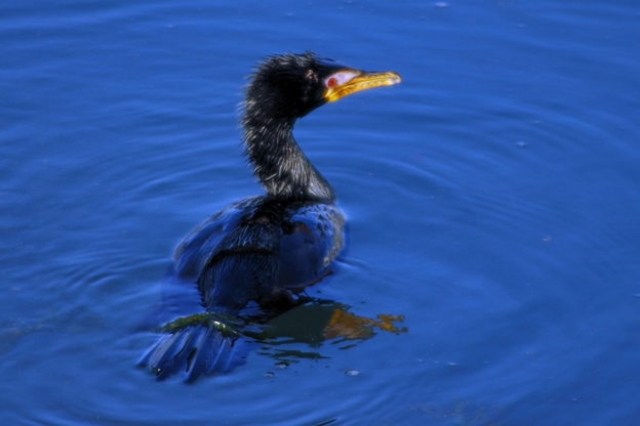 © Dewi
© Dewi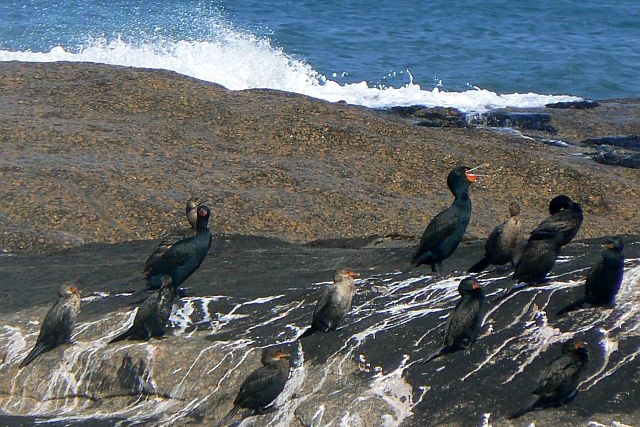 © Toko
© Toko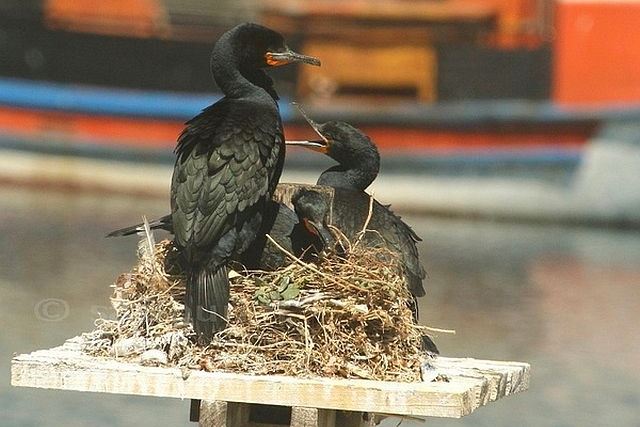 © nan
© nan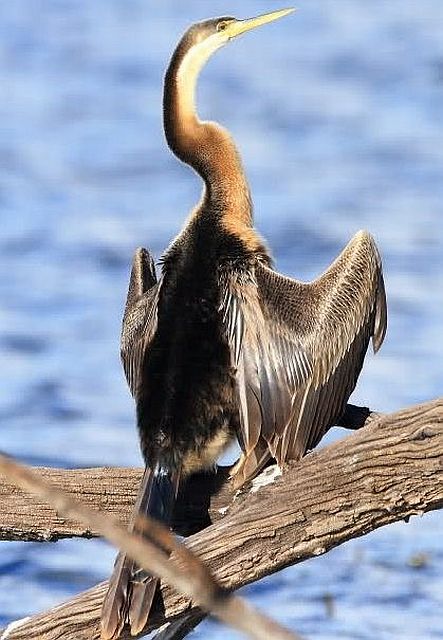
 © BluTuna
© BluTuna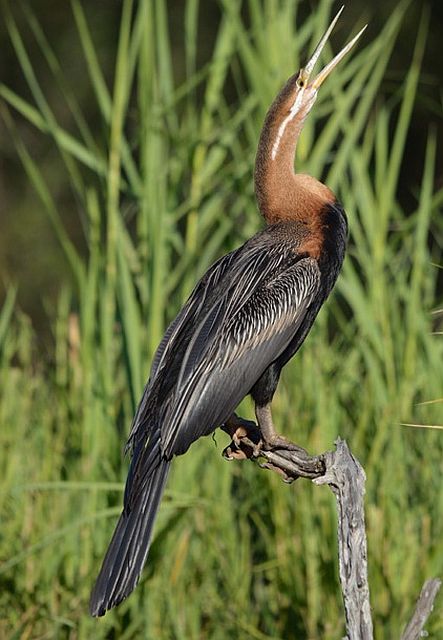 © BluTuna
© BluTuna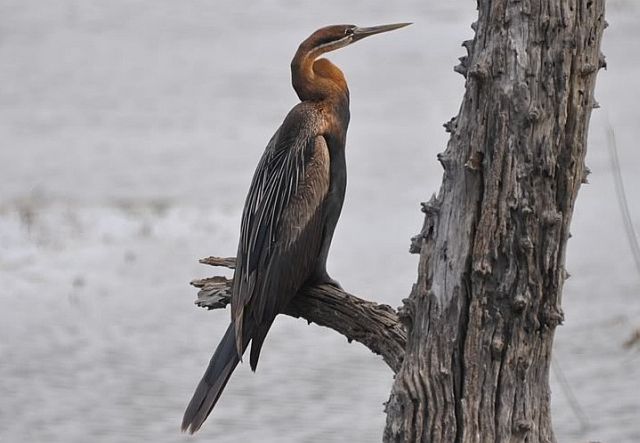 © JustN@ture
© JustN@ture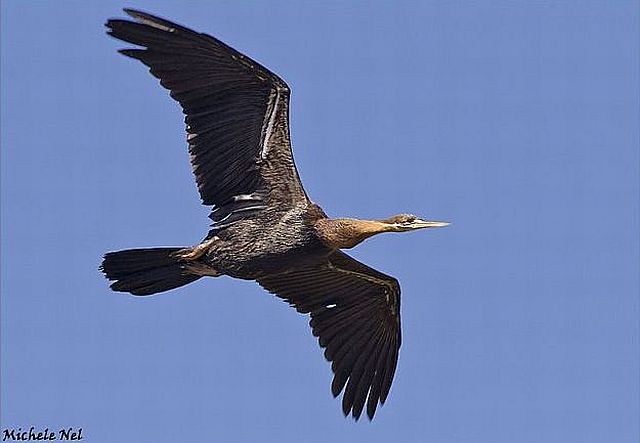 © Michele Nel
© Michele Nel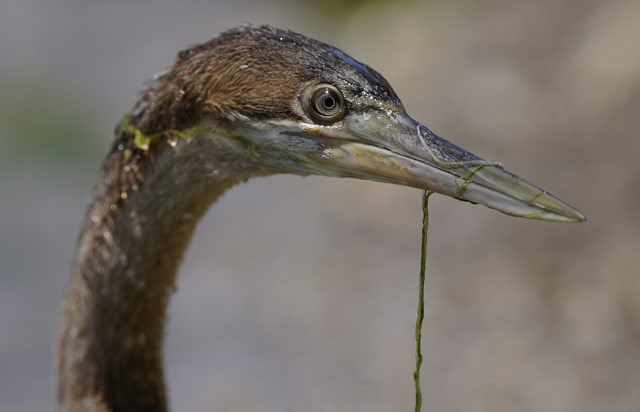 © Dewi
© Dewi © steamtrainfan
© steamtrainfan


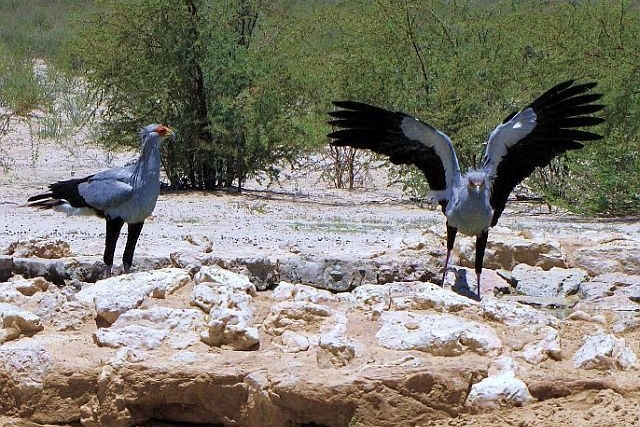 © Lisbeth
© Lisbeth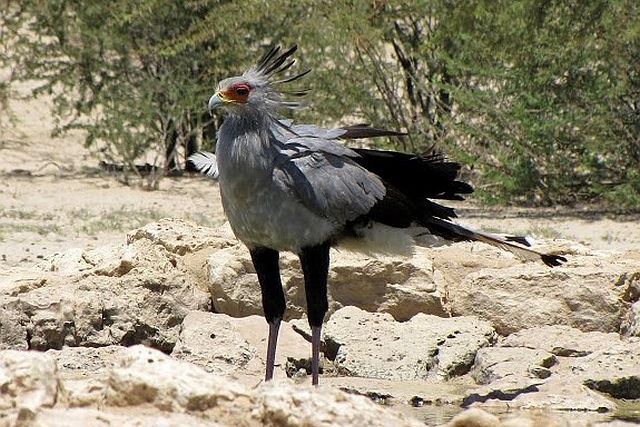 © Lisbeth
© Lisbeth © Dewi
© Dewi © ExFmem
© ExFmem © PRWIN
© PRWIN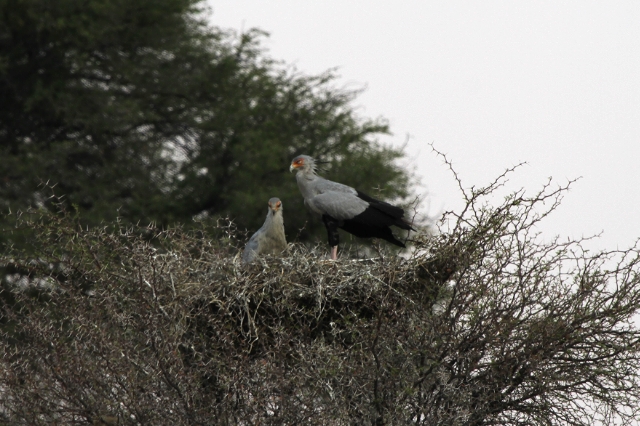 © Tina
© Tina © PJL
© PJL